Description
Background of Black Carp
The black carp (Mylopharyngodon piceus) was described by Richardson in 1846. It belongs to the family Cyprinidae under order Cypriniformes of class Actinopterygii. Its genus name ‘Mylopharyngodon’ is derived from Greek word ‘mylo’ meaning ‘mill’ plus the Greek word ‘pharynx’ meaning ‘throat’ and the Greek word ‘odous’ meaning ‘teeth’. It has several synonyms such as Barbus tonkinensis Sauvage, 1884; Leucisculus fuscus Oshima, 1920; Leuciscus aethiops Basilewsky, 1855; Leuciscus dubius Bleeker, 1865; Leuciscus piceus Richardson, 1846; Myloleuciscus aethiops (Basilewsky, 1855); Myloleuciscus atripinnis Garman, 1912; Myloleucus aethiops (Basilewsky, 1855); Mylopharyngodon aethiops (Basilewsky, 1855). At present it is not listed on IUCN Red Data List as threatened species.
Distribution
The native range of black carp extends from the Pearl River Basin of China to North Amur River and its major tributaries including far eastern Russia. It is probably native to Red River of northern Vietnam. It is also found in Missouri, in Illinois near the confluence of the Mississippi River and in the Ohio River and Louisiana. In its natural distribution range, it inhabits large lowland river and lakes with clear water and high oxygen concentration.
Physical Description
It has stout, elongate and cylindrical to slightly compressed body with a short and relatively deep caudal peduncle. Body coloration is somewhat variable. Typically body is dark brown or blue-grey to black in color. In some black carp the ventral part of the body is almost white in color particularly beneath the head region and all fins are blackish grey. Body is covered with relatively large cycloid scale with black tips giving it the appearance of cross-hatching. Lateral line is complete with 39-46 scales. Head is relatively short with moderate size eye and slightly rounded snout. Mouth is relatively small to moderate in size and terminal with no barbells. Dorsal fin is short which is located slightly anterior to above the pelvic fin origin. The anal fin is located near to the base of the caudal fin and the caudal fin is large and forked. Dorsal fin contains 7-9 soft rays while anal fin bears 8-10 soft rays. It has heavy pharyngeal arches and single row of 4-5 large molariform teeth on each of the two arches which are adapted to crush mollusks shell. Young black carp are difficult to distinguish from young grass carp while adults may be distinguished externally by the color and the more cylindrical form of the body and internally by the pharyngeal teeth. The fish grows up to 180 cm in length and 35 kg in weight. It can live up to 15 years or more.
Foods and Feeding Habits
It is carnivorous and it generally feeds at 20% of their body weight per day. Larvae and small juveniles feed entirely on small invertebrate such as zooplankton and aquatic insect. Larger juveniles and adults are bottom feeders that predominantly prey on snails and bivalve mollusks. They also consume crayfish and other benthic invertebrates. A four years old black carp is able to eat 3 to 4 pounds of mussels per day.
Sexual Dimorphism
It is difficult to make differences between male and female black carp at young stage. Generally females are usually heavier than that of males of the same age. During the spawning season, the male develops breeding or nuptial tubercles on the head and dorsal fins. Sometimes it is also seen inter-orbital region, pectoral fin rays, operculum and sides of the body. Tubercles are absent in females.
Breeding habits
The black carp breeds in natural open waters where sufficient current is present during flood phase. In native range, spawning begins when water temperatures increase to 78-86 0F (26-300C), water levels begin to rise and mollusks are readily available. Females are capable of producing between 1,29, 000 and 11,80,000 eggs per year into flowing water. Spawning occurs in late spring and summer in turbulent waters and at that time the pre-spawning adults migrate upstream and lays eggs. The eggs are pelagic or semi pelagic. After fertilization, the eggs become semiboyant. The eggs hatch in 1 to 2 days, depending on water temperatures and the yolk sac is absorbed in 6 to 8 days. If the river flow is blocked or if available river stretches are too short, eggs cannot drift for long enough and fail to develop. Larvae migrate into floodplain lakes and channels with little or no current. Larvae feed on zooplankton, then on ostracods and aquatic insects. At about 120 mm standard length, juveniles start to feed on small snails and clams. Larger juveniles and adults feed almost entirely on mollusks. They become sexually mature at 4 to 6 years after which they migrate back to their spawning grounds.
Economic importance
The black carp is commercially important species in its native range. It is one of the most important species for aquaculture in many countries. It grows up to 3 kg in weight in one year and is effective in controlling the snail population. It is bottom dwelling mollusckivore species and in many countries it is used as biological control agent for snails. It also acts as an intermediate hosts for trematode parasite in fish farms.
Ecological Impacts
Several countries reported adverse ecological impacts after introduction of black carp. At all life stages, black carp competes for food with native species. It has a negative impact on the native aquatic communities by feeding and reducing populations of native mussels and snails. It also negatively affects threatened and endangered fish, turtles and birds that rely on mollusks as a food source. It also has positive economic impact in China and Taiwan regions where it has been introduced through aquaculture production.
Written specially and exclusively for koi on demand by Dr. A.K.M. Nazrul Kabir

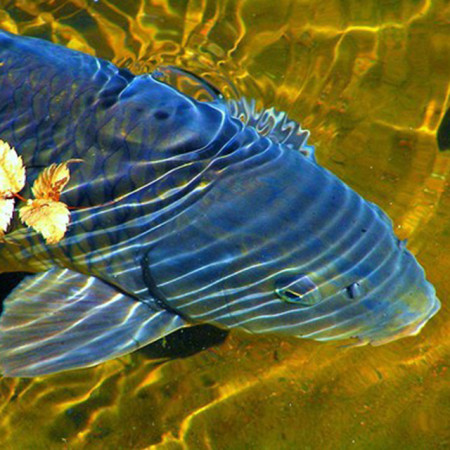
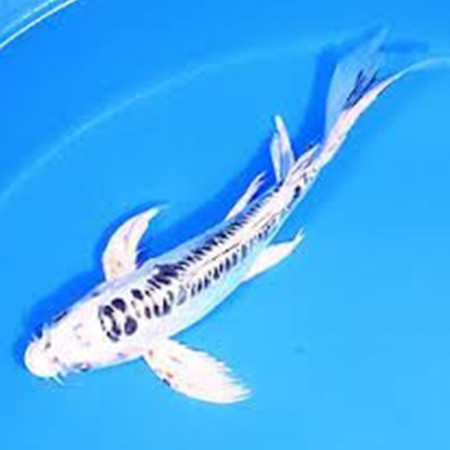
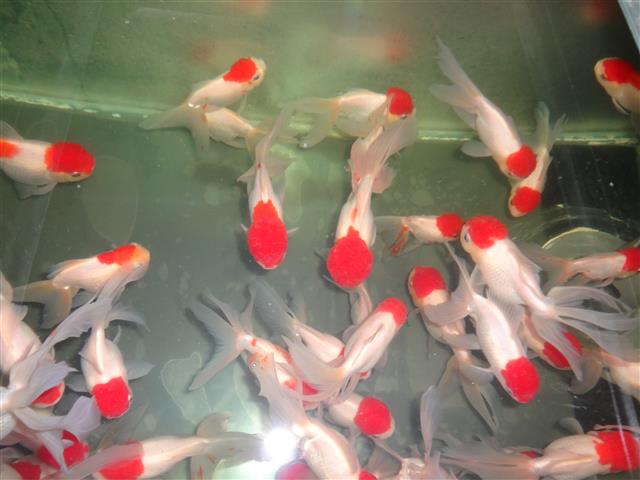
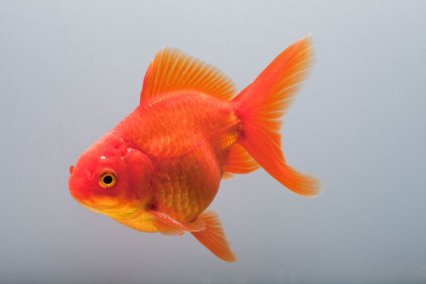
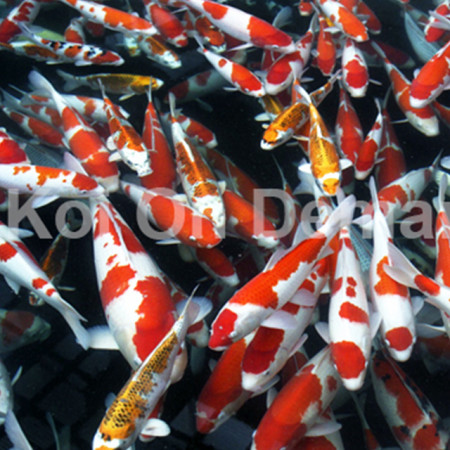


David –
I am looking to buy few of the black carp
admin –
Give us a call or send us your phone # and we will call you